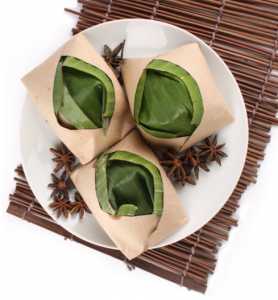
Santan sawit (or palm-based santan) is a type of creamer produced from palm oil. Palm-based creamers have had an excellent reputation in the food manufacturing industry, playing this role as dairy fat replacers in powdered drinks, recombined cheese, and ice cream, to name a few. Unknown to many, santan sawit, which is also derived from palm oil can replace coconut milk, but with lower fat and a far superior stability profile.
Nutrition
Despite santan sawit’s lower fat content, making it a leaner alternative to traditional coconut milk, it still provides richness to cooking, and is able to fulfil bodily energy requirements. In addition to that, santan sawit also contains Vitamin E Tocotrienols, which has been proven to have multiple health benefits, one of which being stroke prevention.
Stability
Santan sawit’s stability profile is truly impressive. Based on a study by the Malaysian Palm Oil Board (MPOB) in 2008, when the shelf life of santan sawit was measured at 5°C and 28°C without preservative for 28 days, it was found that the product remained stable throughout in both temperatures for the full period. This indicates that the product can last a month unrefrigerated. This formulation was then replaced by a fresher version, which when unopened, could last up to 4 hours without refrigeration and up to 3 months with refrigeration.
Pasteurised coconut milk on the other hand was unable to last more than 5 hours without spoiling, even when refrigerated at 2°– 5°C. This better stability in santan sawit is due to the difference in the fatty acid profile between the two products, where santan sawit has more long-chain fatty acids, hence greater resistance to oxidation and microbial attack.
Does it taste the same?
The taste is comparable. In some cases, it is better. According to the same 2008 study, 10 Malaysian dishes were prepared with santan sawit (with and without coconut flavouring) and coconut milk as the variable creamers. Those were;
Fresh
santan sawit, when unopened, could last up to 4 hours unrefrigerated and up to 3 months refrigerated.
- Cendol
- Kuih lapis (steamed layer cake)
- Bubur pulut hitam (black sticky rice dessert)
- Meat curry
- Corn pudding
- Sago
- Mushroom ‘lemak’
- Bubur kacang (mung bean porridge)
- Nasi lemak
- Chicken curry

Crumble Sago made with santan sawit.
Among all the dishes, it was found that santan sawit (coconut flavoured and unflavoured) scored higher in appearance than coconut milk. In terms of aroma, there was no significant difference between the variables except in bubur pulut hitam and nasi lemak, where coconut milk had higher scores.
Interestingly, despite scoring better in aroma with coconut milk, nasi lemak was found to taste better when made with flavoured santan sawit. Savoury meat curry and sweet sago made with santan sawit as well scored better in taste than those made with coconut milk. For the overall category, nasi lemak made with coconut milk was preferred. The other dishes, however resulted in no significant difference in overall preference.
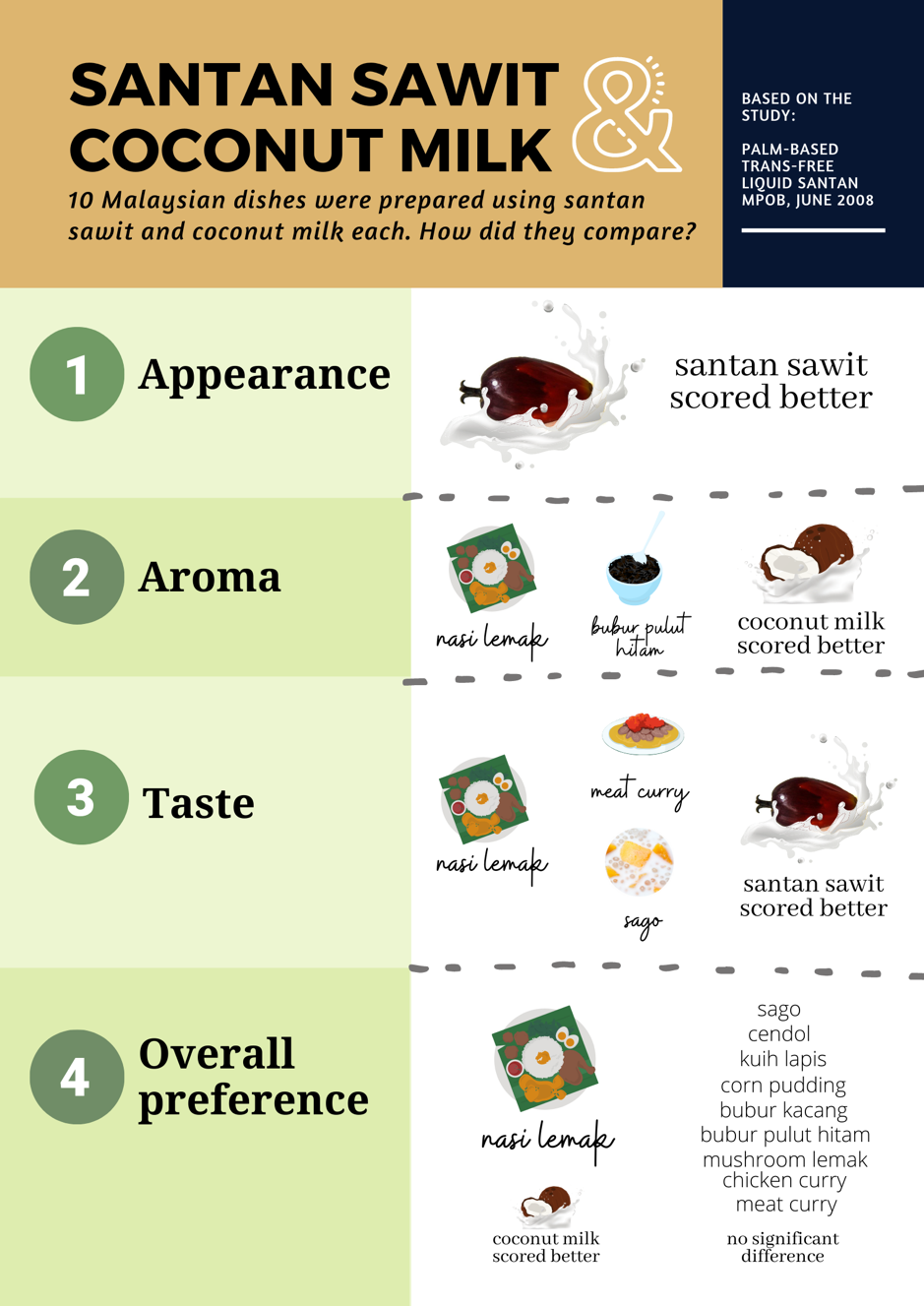
Click here for the full study: http://palmoilis.mpob.gov.my/publications/TOT/TT-390.pdf
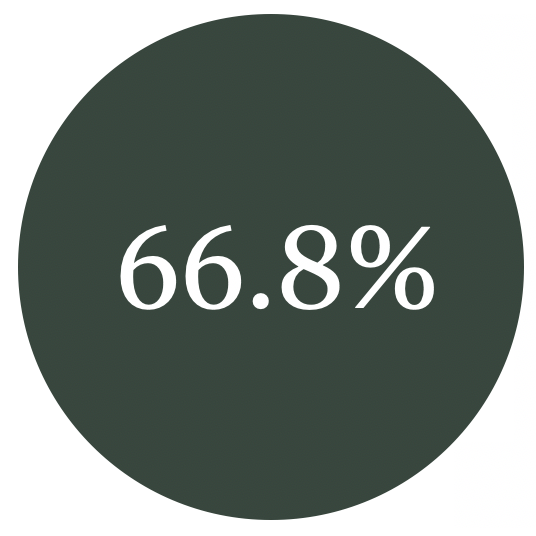
Malaysia’s self-sufficiency ratio for coconuts in 2018
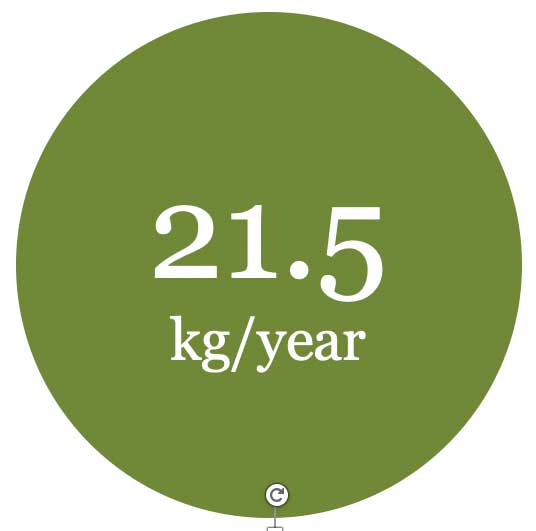
The amount of coconuts consumed per capita in 2018 – coconuts are the most consumed fruit in Malaysia
Because of this overall comparability, santan sawit is definitely worth a try. It is capable of providing creaminess to your dishes, while cutting back on fat, and also adding on Vitamin E Tocotrienols. Switching to santan sawit in some of our daily dishes also reduces the nation’s dependency on coconut imports.
With a self-sufficiency ratio of only 66.8% in 2018, Malaysia’s local coconuts were not enough to meet local demands. The national Department of Statistics recorded that coconut was the most consumed fruit in the year 2018, with a per capita consumption of 21.5 kg/year. This was followed by durian at 9.8 kg/year, a stark difference
This switch supports local businesses and the national economy. In the period of 9 years (2010-2018), the price increase of fresh coconut milk was higher than that of beef, a key import-dependent item in Malaysia, which import dependency was more than double than that of coconuts. As demand exceeds supply, this is another reason to why we should turn to santan sawit.
Where to get it?
Santan sawit is available online or at the chilled section of shops or supermarkets. The average price ranges from RM8-10 per litre, whereas for the same volume of boxed UHT coconut milk, the price ranges from RM10-15 per litre.
Consumers are encouraged to try cooking with santan sawit in place of traditional coconut milk. It is more affordable and is required in lesser quantity than how much a recipe would call coconut milk for. For example, in making cendol, one would only need one part santan sawit and two parts water in order to make the equivalent of 3L of coconut milk. It is time to switch to santan sawit.
PUTERI NOR ZULAIKHA BINTI MEGAT MOHAMED ABDUL WAHAB
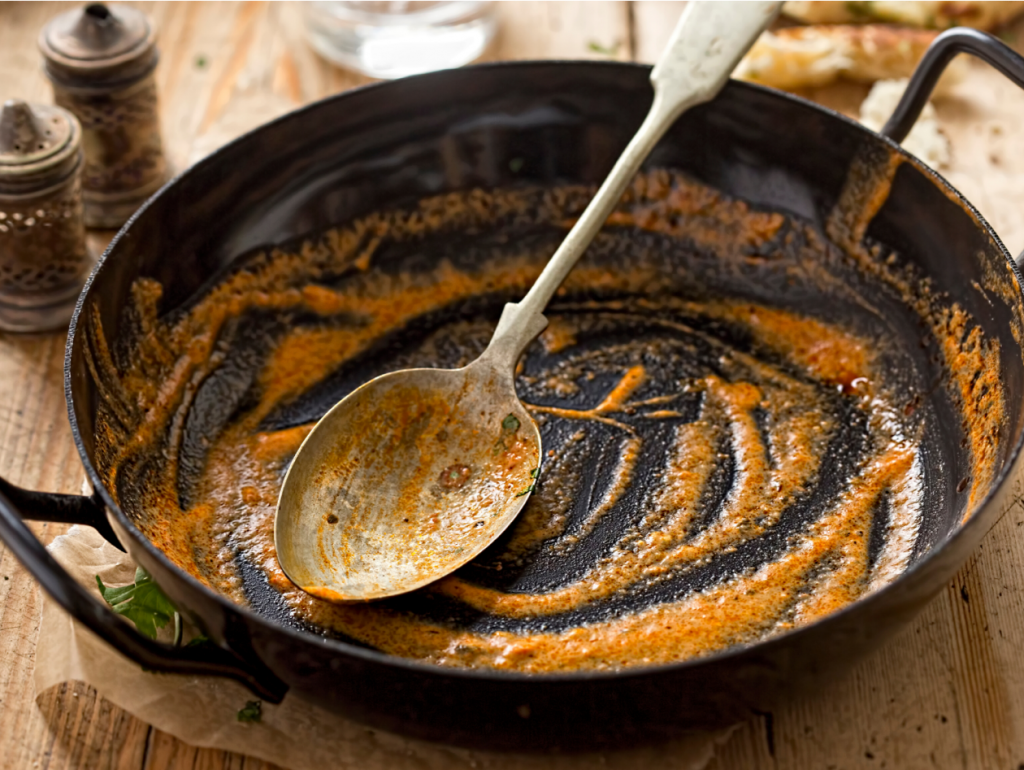
References
Ahmad Nordin, M., Abdul Ghani, N., Chong, E., & Abu Bakar, Z.-F. (2019, Third Quarter 2019). Food Imports and the Exhange Rate: More Than Meets the Eye. BNM Quarterly Bulletin.
Department of Statistics Malaysia. (2014-2018). Supply and Utilisation Accounts Selected Agricultural Commodities. Department of Statistics Malaysia.
Mat Dian, N., & Mat Sahri, M. (2017). Palm-based Multipurpose Liquid Creamer. MPOB Information Series.
Zainal, Z., Abdul Aziz, S., Awg Isa, W., Idris, N., & Ismail, A. (2008). Palm-Based Trans-Free Liquid Santan. MPOB Information Series.
Zainal, Z., Nat Sahri, M., Awg Isa, W., Idris, N., & Ismal, A. (2014). Malaysia Patent No. WO2013077726A2.
Zainal, Z., Sahri, M., Awg Isa, W., & Abdul Aziz, S. (2016). Santan Sawit Plus. MPOB Information Series.

